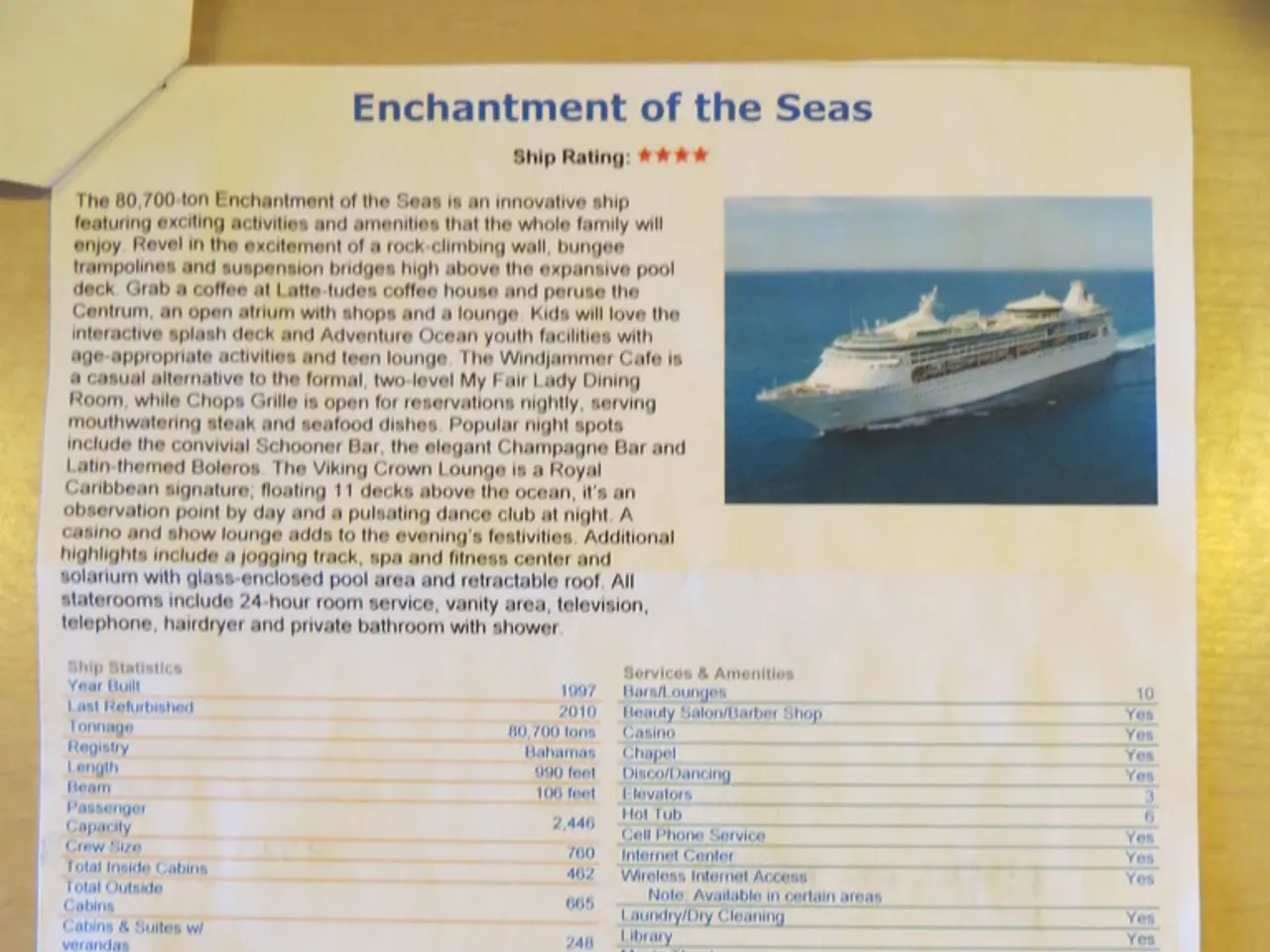The authentic Norse Expansion Period: what were its commencement and conclusion years?
The Viking Age, a period of significant cultural and historical influence, is traditionally considered to have started on 8 June AD 793 with the raid on Lindisfarne and ended on 25 September 1066 with the Norman conquest of England. However, recent historical research suggests that the Viking Age may have started earlier and ended later than these dates.
The raid on Lindisfarne, a wealthy monastery in Northumbria, England, was a pivotal event that shook the Christian world and established the Vikings' reputation as notorious, bloodthirsty heathens. This event marked the beginning of the Viking Age, but evidence suggests that Scandinavian expansion may have started as early as the mid-8th century.
On the eastern front, Scandinavian traders and warriors moved along the rivers of modern-day Russia and Ukraine, forging deep connections with the Slavic and Byzantine cultures. The Viking leader Rurik took control of Novgorod in 862 AD, and Oleg captured Kiev in 882 AD, founding the Rus state, which endured well past the traditional Viking Age and was ruled by the Rurik dynasty until 1598. This shows Viking influence expanding eastward and enduring longer than the classic dates suggest.
In Britain and Ireland, Norse settlers left behind enduring legacies in cities like York and Dublin. Viking incursions evolved from raids starting circa 793 to attempts at conquest and settlement by the mid-9th century, notably the arrival of the Great Heathen Army in 865 AD and further Viking rulership under King Cnut the Great in 1016 AD, linking Scandinavia and England in a North Sea empire. Viking cultural and political influence persisted after 1066, especially through the Normans, who descended from Vikings settled in Normandy in the 900s.
The Norse expansion into Greenland began around 980 AD and lasted until the mid-1400s, when it declined, possibly due to climate change. This implies Viking presence beyond the 11th century in the North Atlantic. In the Orkney islands off northern Scotland, the Viking Age continued until the 15th century.
Some historians argue that the Viking Age is a fluid cultural and historical phenomenon without strictly fixed dates, comparable to occupational or cultural ages rather than political reigns. The dates 793–1066 are often used for narrative convenience but do not capture the full scope of Viking exploration, settlement, and influence across Europe and the North Atlantic, which arguably lasted into the 12th century and beyond.
In summary, the expanded Viking Age timeframe can be viewed approximately as starting around the late 8th century (circa 790s, with initial raids), including key eastern expansions from the 860s onward, extending through the 10th and 11th centuries with major settlements and rule, and reaching to the mid-15th century for some settlements like Greenland, which endured well after the traditional 1066 end date.
The death of Norwegian king Harald Hardrada on 25 September 1066 is considered the most commonly used end date for the Viking Age. Harald Hardrada's defeat at the battle of Stamford Bridge marked the end of large-scale Norse invasions of the Anglo-Saxon kingdoms. However, the Viking Age's legacy continued to shape centuries of history, as the Vikings helped forge connections between Europe and the North Atlantic, leaving behind a rich tapestry of cultural and political influence.
Online education and learning platforms can provide valuable resources for individuals seeking education and self-development about the Viking Age, which some historians argue started earlier and ended later than the traditional 8th to 11th-century timeframe. Despite the death of Norwegian king Harald Hardrada on 25 September 1066 marking the end of large-scale Norse invasions, the impact and influence of the Viking Age persisted for centuries, shaping connections between Europe and the North Atlantic.




